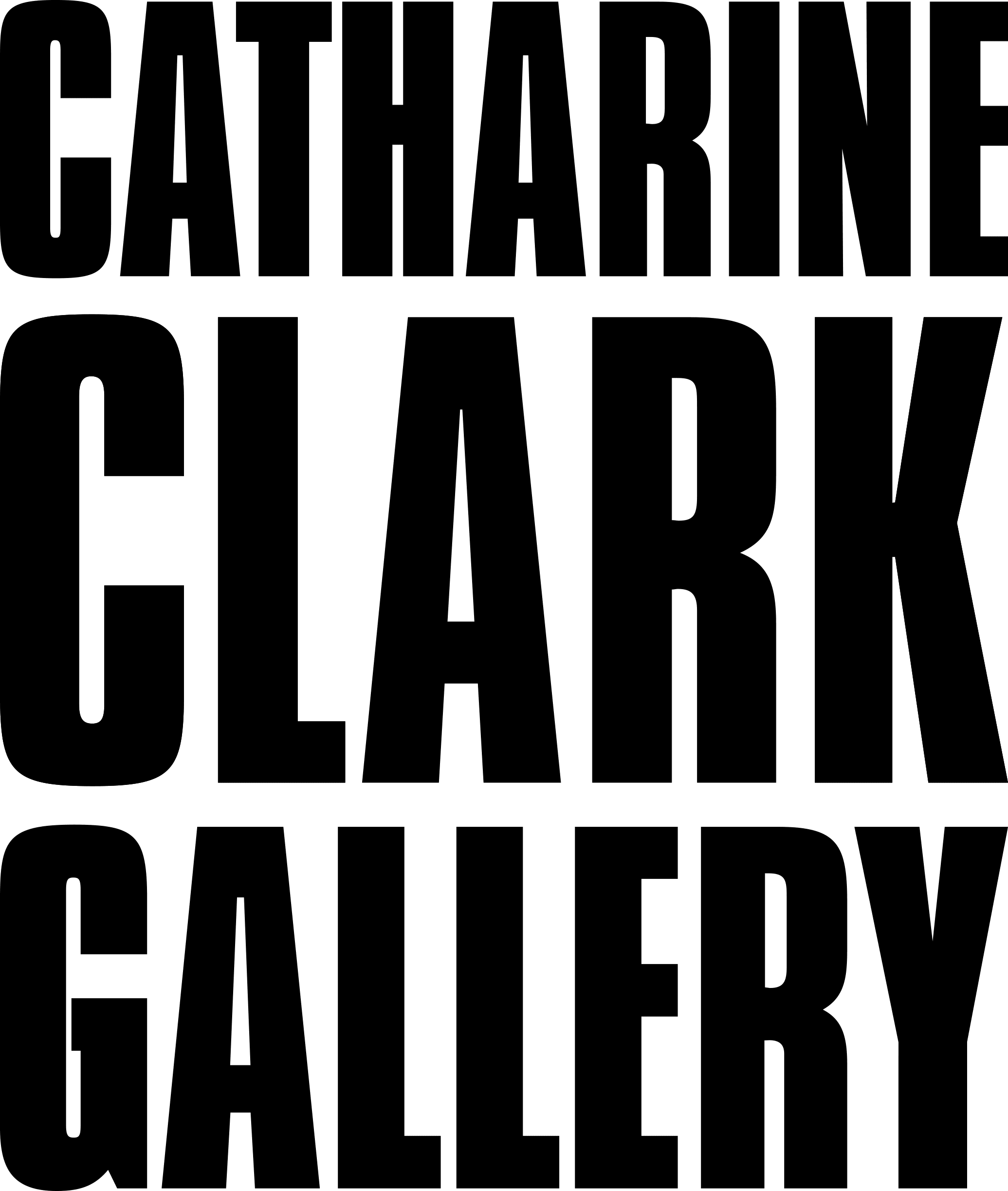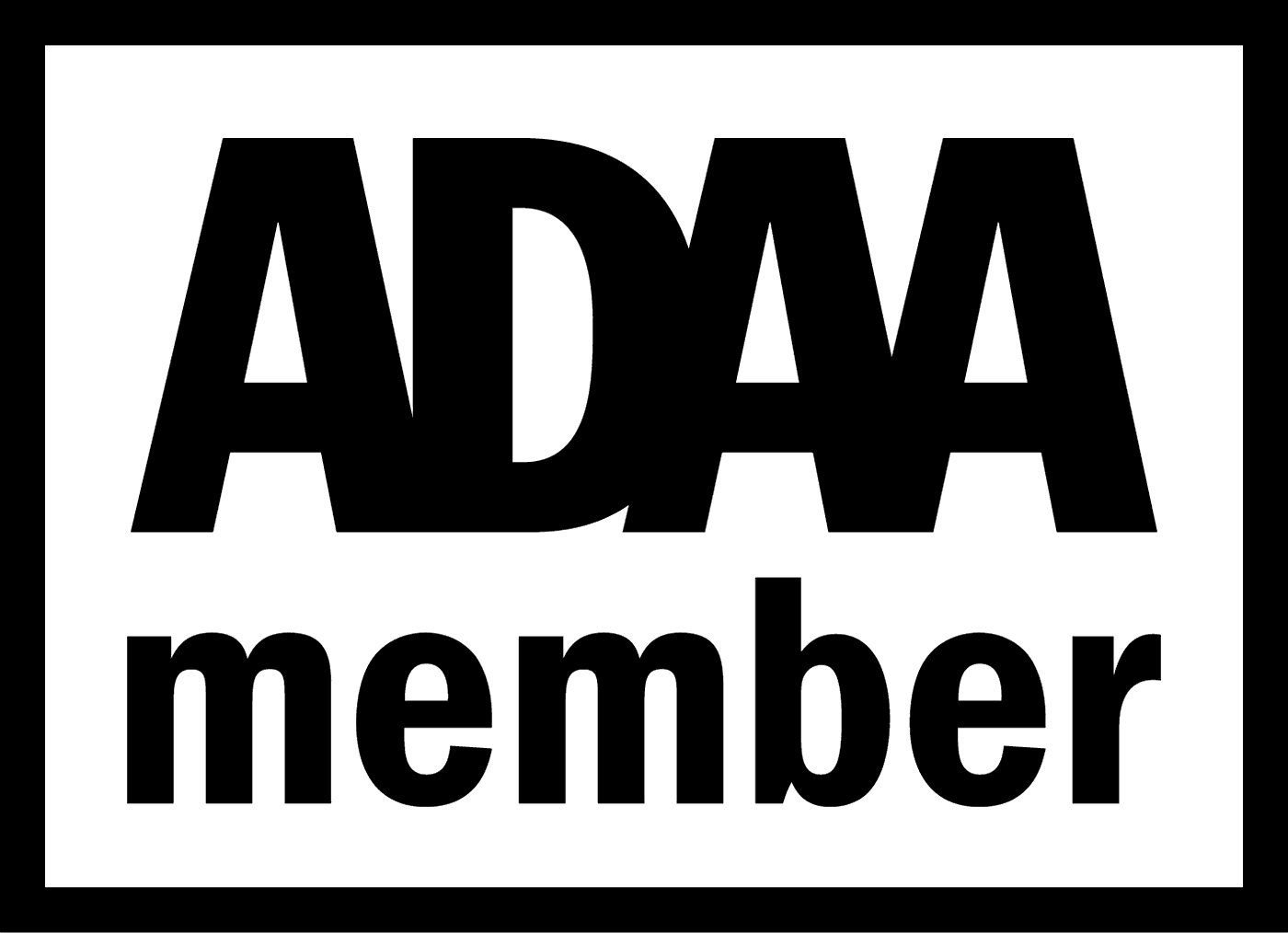Catharine Clark Gallery
The Armory Show 2025 | Booth 221
Solo Section: Marie Watt
Javits Center
Crystal Palace Entrance
429 11th Avenue, New York, NY 10001
Hours
VIP Preview: Thursday, September 4 | Invitation Only
Friday, September 5 | 11am–7pm
Saturday, September 6 | 11am–7pm
Sunday, September 7 | 11am–6pm
Inquiries:
Catharine Clark: cc@cclarkgallery.com or 415-519-1439
Anton Stuebner: director@cclarkgallery.com or 415-728-2368
Catharine Clark Gallery is returning to the Armory Show with a special Solo Section presentation of new and recent work by Marie Watt. The sculptures and prints on view are primarily from Watt's series "Telegraph" (2024–ongoing), which incorporates a variety of materials, including blankets, welded steel, and tin jingles. These materials are part of a deeper meditation on communication across languages, geographies, and generations.
Watt notes that her Portland studio overlooks a large radio tower in the West Hills, once known as the KGON tower. Towers and columnar forms have been a constant in her work, drawing inspiration from sources like Constantin Brancusi's Endless Column (1938), Pacific Northwest conifers, overstuffed linen closets, and San Francisco's Sutro Tower. The "earth/sky ladder-like orientation of the tower," she writes, connects to the Haudenosaunee creation story, in which Skywoman falls from the Sky World, clutching seeds. She is then assisted by birds and ground animals as she arrives on Turtle Island. Watt is interested in how learning the history of a place can reframe our relationship to it. She asks, "Is it possible to change how we steward our relationships to place, water, earth, animals, and humans by understanding it through a different lens?"
The gallery's booth presentation features Watt's iconic blanket stacks, with the I-beams now replaced by ham radio towers. Watt writes that “this is the first time that radio towers specifically appear in my work. Multi-channel communication towers are now ubiquitous in our world as radio towers and cell towers communicate both verbal and nonverbal information. They telegraph information: a call and response, two-way conversation, sending and receiving, back to ancestors and forward to future generations These towers amplify and distribute information to people who then expand its reach," Watt explains. "Blankets do this as well. They receive physical and metaphysical information about our lives. The blankets I use come from thrift stores or are given to me. They are yet another material for communicating our personal stories."
The presentation also includes several new double-long blanket works from Watt’s series Placeholder (2017–ongoing). The first work in this series was previously featured in the 2020 group exhibition at the gallery, To the Person Sitting in Darkness. "This first beaded blanket text piece contained the words EPHEMERAL MONUMENT," Watt writes. "This phrase was drawn from John N. Low's book, Imprints: The Pokagon Band of Potawatomi Indians and the City of Chicago. He argues that the Potawatomi people and other tribes who count Chicago as part of their indigenous homeland are present among us in Chicago, and their presence is an ephemeral monument."
Watt continues, "I used a Scotch Roman typeface for the embroidered text, as it is a font historically employed on bronze plaques that accompany monuments. The word placeholder refers to something that holds a space or acts as a substitute for something yet to come. I deliberately used clear beads when embroidering the text on these pieces to emphasize the ephemerality of the language. From a distance, the text may not be legible, only becoming clear as you move through the space and interact with the artworks. I am interested in the way language, ideas, and conversations come in and out of focus. The language I employ is connected to stories I seek to unearth and make visible."
Finally, the booth features several new tin jingle sculptures, exhibited at the Armory Show for the first time. Watt notes that "jingles were historically created from the rolled tops of tobacco cans and other tin lids. They are grounded in Indigenous histories of making and storytelling, adornment and ritual." The jingle cones in these pieces acknowledge the Jingle Dress Dance, which began as a healing ritual in the Ojibwe tribe during the 1918 influenza pandemic. The dance came to a tribal elder in a dream, in which he was instructed to attach jingles to a dress. It was believed that the sound created by the jingles would be healing when danced around a sick child. The dance was later shared with other tribes and continues to be performed at powwows today.



